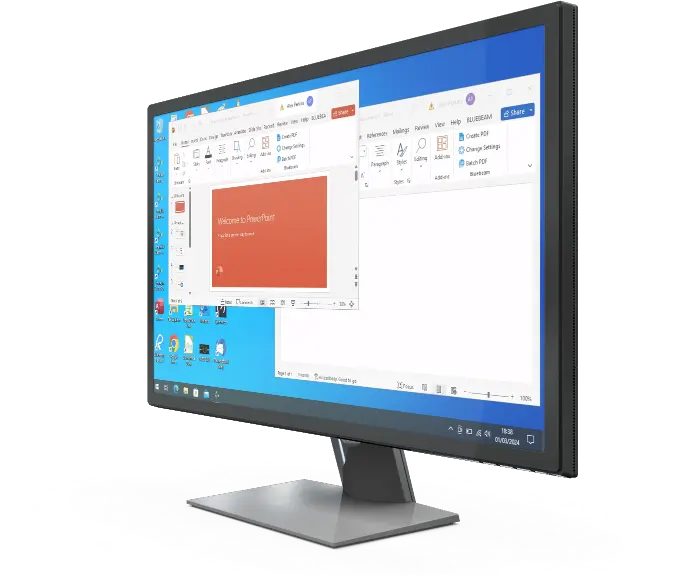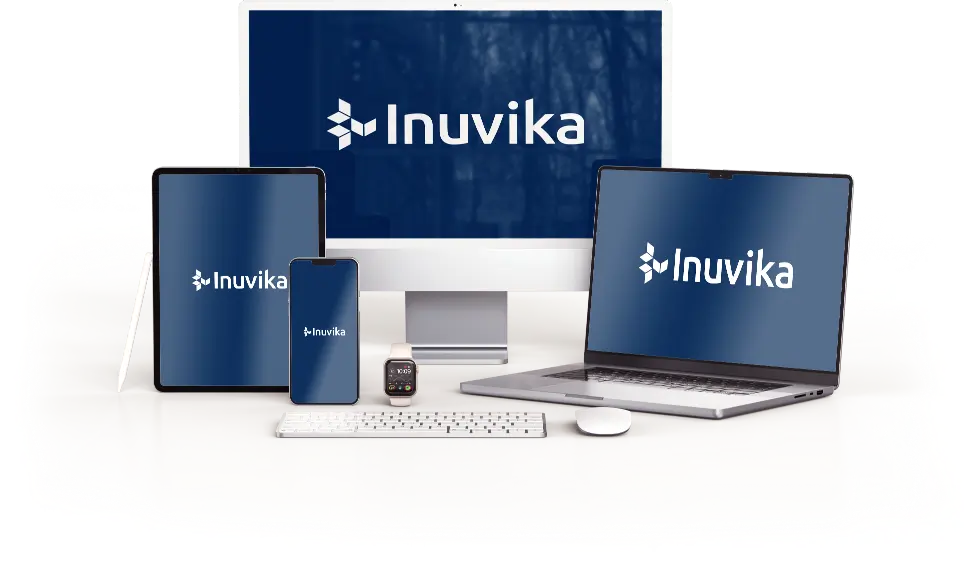Anwendungsvirtualisierung für das Bildungswesen, der intelligente Weg
Inuvika reduziert die Kosten und die Komplexität der Bereitstellung von virtualisierten Anwendungen zur Verbesserung des Unterrichts und des Fernunterrichts
Whitepaper von Peter von Oven
Berater für digitale Arbeitsumgebung und KMU
und Autor von (2024) "Learning VMware Workstation Pro"
New York: Apress
Einführung
Die Vermittlung von Bildung hat sich seit der Pandemie erheblich verändert. Obwohl das digital gestützte Lernen bereits enorme Auswirkungen auf die Art und Weise hat, wie Bildung heute vermittelt wird, ist das Kernproblem nach wie vor die statische Natur der Vermittlung.
Die Geräte waren und sind immer noch sehr stark auf den Unterricht ausgerichtet. Das bedeutet, dass Schüler und Lehrkräfte im Klassenzimmer uneingeschränkten Zugang zu einer Reihe von Bildungsanwendungen haben. Der Zugang von außerhalb des Klassenzimmers ist jedoch nach wie vor eine Herausforderung. Dies wurde noch deutlicher, als Schulen, Colleges und Universitäten in der ganzen Welt auf Fernunterricht umstellten.
Zwar hatten die meisten Schüler und Lehrkräfte Zugang zu einer Art von vernetztem Gerät, allerdings über eine Online-Meeting-Plattform, die es ihnen ermöglichte, an den Aktivitäten im Klassenzimmer teilzunehmen, doch fehlte ihnen der Zugang zu den Anwendungen, die im Klassenzimmer verwendet werden.
Die größte Herausforderung besteht nun darin, die Kosten und Budgets für die Bereitstellung von Informationstechnologie sowohl innerhalb als auch außerhalb des Klassenzimmers zu verwalten.
In der heutigen vernetzten Welt ist der Druck, Dienstleistungen zu erbringen, sogar noch größer, da die Schülerinnen und Schüler mittlerweile sehr technikaffin sind, wenn es um den Zugriff auf Apps und Daten geht.
Auch Bildungseinrichtungen müssen um Studenten konkurrieren, um rentabel zu sein. Die Fähigkeit zur Skalierung und zur Bereitstellung moderner Technologieplattformen für das Lernen wird mehr Studenten anziehen.
Wie können Sie mit minimalen Budgets und weniger IT-Administrationspersonal ein besseres Engagement für die gesamte Lernerfahrung erreichen?
In diesem Kurzbericht wird erörtert, wie Inuvika diese Herausforderungen meistert und dabei sowohl Kosten als auch Komplexität reduziert.
Die meisten Studierenden und Lehrkräfte, etwa 80% bis 90%, benötigen lediglich Zugriff auf ihre Anwendungen und Daten.
Dies bedeutet, dass die Kosten und der Verwaltungsaufwand, die mit dem Einsatz von Desktop-PCs verbunden sind, sowie die Komplexität der Wartung des Betriebssystems entfallen. Desktops können durch Thin-Client-Geräte ersetzt werden, die als Terminals für den Zugriff auf Anwendungen im Klassenzimmer dienen.
Wenn die PCs noch relativ neu sind, können sie in Thin Clients umgewandelt werden, wodurch sich der Lebenszyklus bis zum physischen Ausfall des Geräts verlängert und gleichzeitig die Belastung durch die Verwaltung eines lokalen Betriebssystems entfällt. Mit Software zur Anwendungsvirtualisierung können Anwendungen, die sicher in einem lokalen Rechenzentrum oder zentral von einer technischen Abteilung einer Universität, einer Bildungseinrichtung oder einem Schulbezirk gehostet werden, sowohl im Klassenzimmer als auch außerhalb des Klassenzimmers genutzt werden, wodurch sich die Lernerfahrung erweitert.
Wir stellen vor: Inuvika OVD Enterprise
Das 2014 gegründete Unternehmen Inuvika vereinfacht mit seiner Lösung OVD Enterprise die Bereitstellung von Anwendungen für Studierende und Lehrkräfte.
Dieser vereinfachte Ansatz der virtualisierten Anwendungsbereitstellung ermöglicht den Zugriff auf alle Windows- und Linux-Anwendungen auf so ziemlich jedem Gerät, das Sie sich vorstellen können. Sei es ein iPhone, ein Android-Gerät, ein Chromebook, ein Apple Mac oder natürlich Windows- und Linux-Desktops und Thin-Client-Geräte. Sie können auch einfach einen Browser verwenden, wenn Sie dies wünschen.
OVD Enterprise basiert auf Linux mit der Ressourcen-Container-Technologie von Inuvika und ermöglicht es Rechenzentren, effizienter zu arbeiten, weniger Infrastrukturkapazitäten zu verbrauchen, ihren CO2-Fußabdruck zu verringern und die Verwaltung so einfach zu gestalten, wie es bei anderen Produkten nicht möglich ist. All dies mit einer Kostenreduzierung von bis zu 50% im Vergleich zu Citrix oder VMware.
Intelligente Anwendungsvermittlung und -bereitstellung
Inuvika setzt eine Linux-basierte Appliance ein, die die Rolle eines Brokers übernimmt. Diese authentifiziert lediglich die Benutzeranmeldungen und stellt die einem Benutzer oder einer Benutzergruppe zugewiesenen Anwendungen bereit. Die Apps werden auf Windows (RDSH)-Servern oder Linux-App-Servern installiert und automatisch vom Inuvika OVD-Broker erkannt. Anschließend müssen diese Anwendungen nur noch den Benutzern oder Benutzergruppen (Jahrgangsgruppen oder Fachklassen) zugewiesen werden, damit diese ihre eigene eindeutige und sichere Sitzung der Anwendung starten können.
Benutzerdaten, Einstellungen und andere Profilinformationen werden auf einem speziellen Dateiserver gespeichert, und die sichere Zwei-Faktor-Authentifizierung ist nativ und sofort einsatzbereit. Externer Zugriff über das Internet ist mit der OVD Secure Gateway Appliance leicht möglich.
Wenn Sie die Anzahl der Schüler und Studenten, denen Sie Anwendungen zur Verfügung stellen wollen, erhöhen möchten, fügen Sie einfach zusätzliche Anwendungsserver nach Bedarf hinzu. Dasselbe gilt, wenn Sie Hochverfügbarkeit aktivieren möchten, um Ausfallzeiten zu vermeiden. Fügen Sie einfach einen OVD Session Manager und einen Load Balancer in den Mix ein.

Nahtlose Lernerfahrung
Jede Lösung, die im Bildungsbereich eingesetzt wird, muss vor allem einfach und intuitiv zu bedienen sein. Eine der einzigartigen Funktionen von Inuvika macht dies leicht. Die Schülerinnen und Schüler werden mit einem vertrauten Look and Feel empfangen.
Sobald Sie mit dem Inuvika-Client im Anwendungsmodus angemeldet sind, können die Benutzer nahtlos auf ihre von OVD Enterprise bereitgestellten Anwendungen zugreifen, als ob sie nativ auf diesem Gerät installiert wären. Wenn der Benutzer die Anwendung startet, wird sie nicht nur normal geöffnet und ausgeführt, sie sieht auch genauso aus wie die Version, die der Benutzer gewohnt ist zu verwenden. Das liegt daran, dass es sich um dieselbe Anwendung handelt, die jetzt aus der Ferne ausgeführt und von Inuvika OVD bereitgestellt wird.

Reduzierte Infrastruktur und Kosten
Die Budgets im Bildungswesen waren schon immer knapp bemessen. Oft müssen Schulen und Hochschulen auf Spendengelder zurückgreifen, um Technologie und die entsprechende Infrastruktur in die Klassenzimmer zu bringen.
Was die unterstützende Infrastruktur betrifft, so ist die IT-Abteilung eines Schul- oder Hochschulgebäudes in der Regel nicht für die Unterbringung von Serverschränken ausgelegt. In manchen Umgebungen ist der Computerraum nicht mehr als ein Schrank!
Die Anwendungsvirtualisierungssoftware von Inuvika erfordert nur eine minimale Infrastruktur, um eine voll funktionsfähige Plattform für die Anwendungsbereitstellung bereitzustellen. Erforderlich sind lediglich der/die Broker und die Anwendungsserver.
Wenn Sie bereits über eine virtuelle Infrastrukturplattform verfügen, benötigen Sie unter Umständen keine zusätzliche Hardware, da der Inuvika-Broker als virtuelle Linux-Appliance läuft.
OVD benötigt nur RDS-CALs und Windows-Server-Lizenzen für Ihre Anwendungsserver (sofern es sich um Windows-Server handelt), so dass keine zusätzliche Lizenzierung für Back-End-Server erforderlich ist.

Wenn es um die Gesamtbetriebskosten (TCO) geht, bei denen Server, Microsoft-Lizenzen, sichere Gateways, Abonnements und Supportkosten berücksichtigt werden, liegen die TCO von Inuvika oft unter 50% von Citrix oder anderen Citrix-Wettbewerbern.
Für das IT-Administrationsteam erfolgt die Verwaltung der Inuvika-Lösung über eine benutzerfreundliche, webbasierte Verwaltungskonsole. Da es keine Betriebssystem-Images gibt, die ständig gepatcht und aktualisiert werden müssen, hat das Admin-Team mehr Zeit für seine eigentlichen Aufgaben.
Aufbau einer Plattform zur Bereitstellung von Apps-as-a-Service
Die Bereitstellung von Anwendungen als Service ist eine wachsende Technologie. Es ist sogar wahrscheinlich, dass SaaS-basierte Anwendungen wie Satchel One bereits in Ihrer Umgebung eingesetzt werden.
Inuvika macht es Schulen leicht, Apps zentral bereitzustellen. Wenn Sie also Teil einer Universität oder einer Gruppe von Schulen sind, kann die IT-Abteilung Apps für alle Fakultäten oder Schulen hosten. Oder Inuvika-Partner könnten die Apps für sie als verwalteten Dienst hosten.
In beiden Fällen ermöglicht Inuvika Multi-Tenancy mit Unterstützung für Multidomain-Umgebungen und Tenant-Isolation. Dies ist mit nur einem Mausklick möglich. Sie können Fakultäten und Schulen hinzufügen und trennen und ihnen über rollenbasierten Zugriff erlauben, ihre eigenen Anwendungen und Daten zu verwalten

Hardware-Geräteunterstützung für GPU- und USB-Geräte
Angesichts der Vielfalt der Fächer im Bildungswesen gibt es oft viele verschiedene Anforderungen an die Peripheriegeräte. Dinge wie Klaviertastaturen für den Musikunterricht, 3D-Drucker für die Designabteilung, Multimedia-Headsets oder einfach nur USB-Speichersticks.
Diese Anforderungen an die periphere Hardware werden oft als Hindernis angesehen, wenn es um die Einführung einer Lösung zur Bereitstellung von Remote-Anwendungen geht. Mit Inuvika ist dies jedoch kein Problem.
Die Inuvika-Lösung ermöglicht es, USB-Peripheriegeräte lokal an Ihr Gerät anzuschließen, aber so umzuleiten, dass sie mit der Remote-Anwendung verbunden zu sein scheinen, um ein nahtloses Erlebnis zu gewährleisten.
Die Anwendungen können auch so konfiguriert werden, dass sie die Vorteile hardwarebasierter Grafikkarten innerhalb der Anwendungsserver nutzen und somit die für 3D-Grafik- und Designanwendungen erforderliche hardwarebeschleunigte Grafik liefern können.
Nachhaltige App-Bereitstellung & Geräte
Inuvika spielt eine Schlüsselrolle beim Aufbau einer nachhaltigen Lösung, indem es die Anforderungen an die Infrastruktur senkt.
Das bedeutet, dass weniger Hardware benötigt wird, der damit verbundene Stromverbrauch geringer ist und der CO2-Fußabdruck dadurch kleiner wird.

Nachhaltigkeit geht jedoch weit über die Infrastruktur hinaus und umfasst die gesamte Lösung von Anfang bis Ende.
Inuvika ist ein wichtiger Teil eines größeren Ökosystems mit dem OVD-Client, der für mehrere innovative Edge-Device-Anbieter zertifiziert ist.
Diese Anbieter stellen Geräte mit geringem Stromverbrauch, wie z. B. einen Raspberry Pi, für die Verbindung mit Anwendungen bereit. Andere Partner bieten die Möglichkeit, bestehende Hardware, ob alt oder neu, in Edge-Geräte umzuwandeln oder zu recyceln.
Diese wiederverwendeten Edge-Geräte verlängern die Nutzungsdauer eines Geräts, indem sie das Betriebssystem durch ein speziell für die Anwendungsbereitstellung entwickeltes Betriebssystem ersetzen, anstatt sie auf die Müllhalde zu schicken.
Dieser Ökosystemansatz stellt sicher, dass die Nachhaltigkeit in jedem Element der App-Bereitstellungslösung erreicht wird.
Machen Sie die nächsten Schritte ...
Sehen Sie, wie Inuvika Anwendungen ohne die hohen Kosten und die Komplexität anderer Lösungen bereitstellen kann und dennoch das bestmögliche Studentenerlebnis bietet. Kontaktieren Sie das Inuvika-Team noch heute für eine Demonstration und Führung:
Oder melden Sie sich für eine kostenlose Testversion an und sehen Sie, wie Sie virtuelle Windows- und Linux-Anwendungen und -Desktops für jedes Gerät bereitstellen können. Die Testversion enthält vorinstallierte Windows- und Linux-Anwendungen, auf die Sie auf jedem Gerät über einen Browser oder eine Client-App zugreifen können. Sie können auch die webbasierte Verwaltungskonsole ausprobieren, um zu sehen, wie einfach OVD zu verwalten ist.
